How has the evolution of fashion photography, from controlled studio setting to dynamic street environments, reflected a shift towards the aesthetic and principle of documentary photography?
“To collect photographs is to collect the world”, said critic and writer Susan Sontag in her influential book, On Photography. The main question is; which world do you want to capture. My main focus is to explore why photographers use a type of documentary photograph to express themselves, and why the documentary photography style has become more popular over the years. Each photographer has a different desire to capture different images, whether it’s to tell the truth or portray a lie. Looking at the influential photographer William Klein, a photographer, film maker, painter, writer, graphic designer and a maker of books. William Klein turned fashion photography into something much bigger than it was worshipped as, he took his ideas and made them alive, more vigorous. Fashion photography has always reflected social and artistic trends, creating an idealised, unblemished photograph, it was a way of expressing the ‘perfect’ truth. Fashion photography was out there to capture something beautiful but after the growth of street photography, the truth began to shift, and the crudeness of the world was starting to show. William Klein combined the two elements of fashion and street photography together to stay away from the controlled studio and conventional poses used by his models, he liked the idea of a chaotic environment interrupting his photographs. While looking at another photographer, Vivian Maier, she took candid images of people on the streets, no matter the circumstance. Maier was known to be very secretive and private and didn’t actually publish her photographs herself. Maier took her opportunity in life and made the most of it by capturing the world around her. ‘Well, I suppose nothing is meant to last forever. We have to make room for other people. It’s a wheel. You get on, you have to go to the end. And then somebody has the same opportunity to go to the end and so on.’ ( Vivian Maier), presenting herself as a selfless individual. Maier shows that she has a good eye on the essence of people’s everyday lives. Her photographs were more based on documenting social life rather than creating a fashion narrative. The evolution of fashion photography, from controlled studio settings to dynamic street environments, reflected a shift towards the aesthetic and principle of documentary photography through a cultural shift towards the real state of the world. Artists like Klein and Maier clasp the documentary aesthetic, challenging the norms of the world and making it bigger and more diverse for a wider community to use and understand .
Documentary Photography:
‘Documentary photography is a style of photography that provides a straightforward and accurate representation of people, places, objects and events’ (Tate, 2017)
A documentary is meant to tell a story, show a narrative or a certain point of view. Documentary photography is almost a type of proof or sign that something happened, it’s a guidance to evidence. ‘The simultaneous “it was there’ (the pro-photographic event) and ‘I was there (the photographer) effect of the photographic record of people and circumstances contributes to the authority of the photographic image.’ (Wells 1998) This was stated by Liz Wells in her third edition book ‘Photography: The critical introduction’, Liz Wells explains in very great detail the importance of documentary photograph as it tells a deeper story than a painting, it hold more information and more detail, its seen as a bigger deal and provides a higher deal of accuracy.
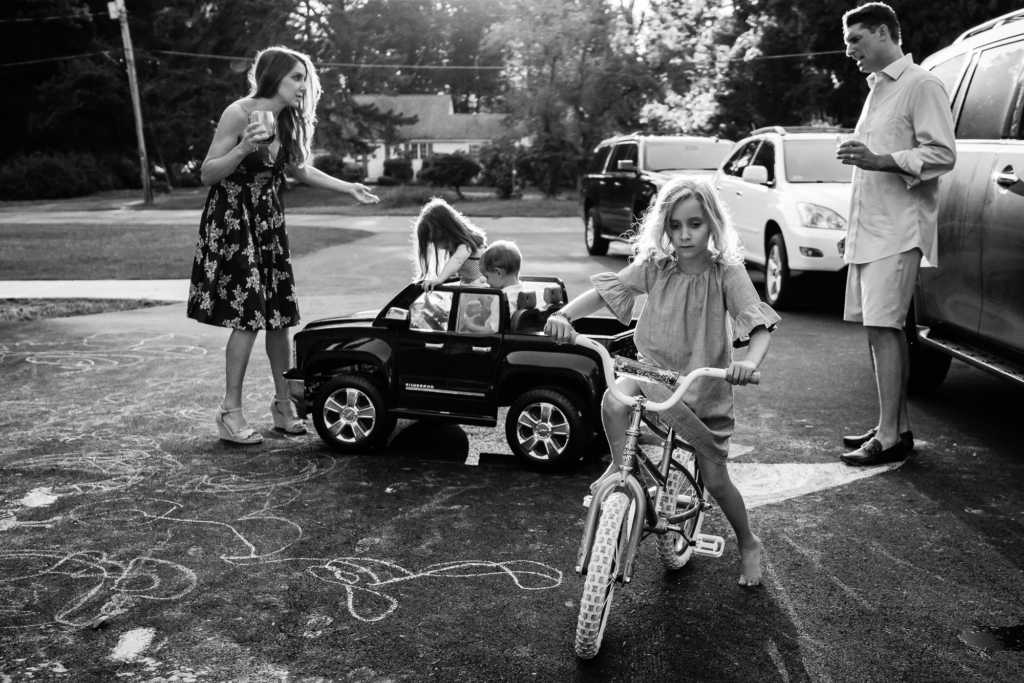
Danielle Macinnes, 2024
While searching for a definition of documentary photography I came across a short power point called Documentary photography, visual storytelling, one quote that I saw was ‘documentary photography gave the idea a new life and social function. Neither art nor advertising, documentary drew on the idea of information as a creative education about actuality, life itself’, this is a perfect definition of what documentary photography is, it’s telling a story without words, just by looking at one image, you can see a whole story. I was also able to acquire some cultural and historical facts on documentary photography thanks to this power point, for example the reason for the documentary photography to been develop was thanks to the development of print technology, it also started in 1920-30s when magazines and publications such as Life Magazine in the USA, Picture Post in Britain, Vu in France, and many others, these magazines used photos to tell story and help grow markets. Researching on documentary photography, the ‘Photography: A critical Introduction by Liz Wells book was very influential and helped me understand the motive of documentary photography. ‘Photography is not so much concerned with the development of a new aesthetic as with the construction of new kinds of knowledge as the ‘carrier’ of facts.’ (Wells 1998) A documentary photograph is not always meant to look aesthetically pleasing, it can look more like an urgent cry, it’s a way of spreading information fast, however it doesn’t always tell the truth. Some people can exaggerate the truth and make it look worse than it is. thought documentary images can inform an audience about the hidden corners of contemporary life and even become part of the historical record. That is why it is cherished upon; it holds a great amount of value.
William Klein:
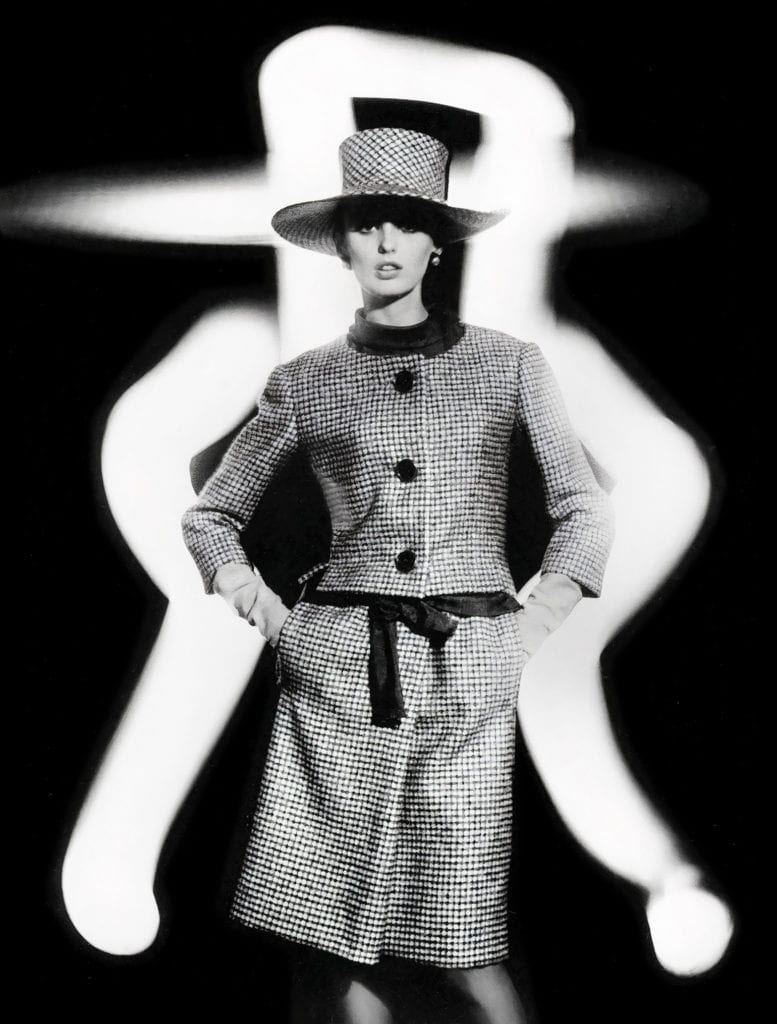
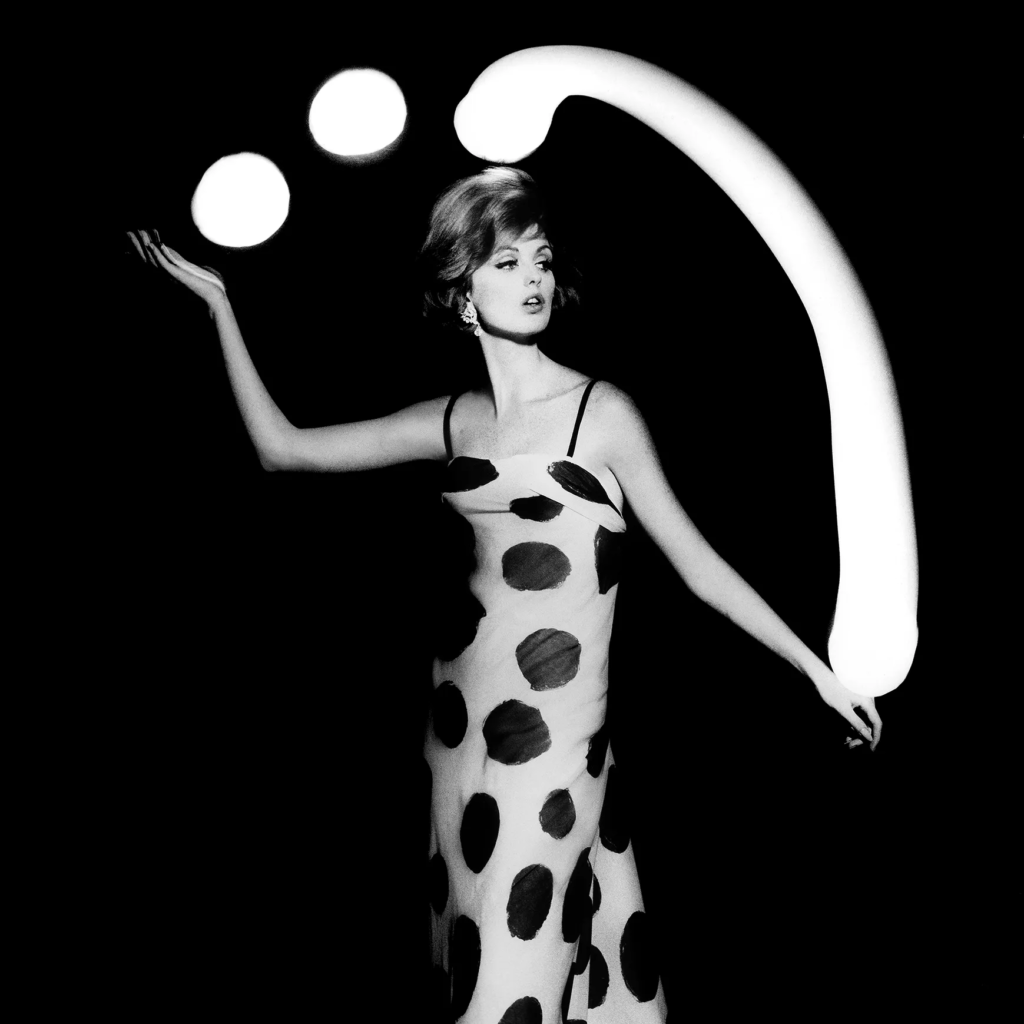
Dorothy and Light Face, by William Klein, 1962
William Klein is a fashion photographer who exceeds with real talent, he is an American-born French photography who has an approach to both media and an extensive use of unusual photographic techniques in the context of photojournalism and fashion photography. William Klein’s techniques reach out to different surroundings, he doesn’t tend to stay in the studio while doing photoshoots, he explores the world, he has already been to New York, Tokyo, Paris and Rome, as he documented his surroundings, he has collected a range of images and has shown the cultural shift of the world. For example, how fashion has changed, it’s degraded, fashion is seen as a trend whereas Klein made it more of a desire. Although Klein’s photographs were staged, they still had factors of the environment and how it affected each country differently. Most of his fashion photoshoots used female models which could be part of the photographic gaze. Liz Wells, it describes the idea that women are put on show for male validation and enjoyment. ‘Images of women on screen are constructed for gratification for the male spectator’ (Wells 1998), it’s the idea of women being referred to as the pray, people admired women more on Vogue magazines and on display, they were the primary attention. This may be a reason William Klein used women in his fashion photography. Wells also states, ‘in patriarchal cultures the male I/eye is central within discourse and women is ‘other’; in psychoanalytic terms she is complexly constructed simultaneously the object of desire and a source of fears and insecurities’ (Wells 1998), women were more socially accepted as the cover of vogue, they represented the eye of fashion. It’s proven that women have historically made up the majority of the front-facing workforce at Vogue. Although they were never at the top of the market despite their efforts, they were always behind men. I don’t personally believe that William Klein meant to objectify women, but it could be seen as that problem. While looking more closely at Klein’s work I noticed that his work is very well linked with Henri Cartier Bresson theory of the decisive moment. Henri Cartier Bresson was known to be a humanist photographer, he more or less invented street photography and believes that there is a thing such as ‘decisive moment’, the perfect time to capture an image. Cartier Bresson described photography as a sense of hunting without killing, he is seeking to find the right people, place or time to capture an image that holds power. ‘His photographs may be summed up through a phrase of his own: “the decisive moment,’ the magical instant when the world falls into apparent order and meaning, and may be apprehended by a gifted photographer’ (reference source), while reading his bibliography, he stated that the world will fall into place to create an image that makes sense almost like putting all the pieces together to generate a meaning. Though some would say that these two artists are quite homogeneous, William Klein’s photographs are staged and don’t necessarily use the theory of the ‘decisive moment’. William tends to direct his own photos and knows what he is hunting for whereas Henri Cartier Bresson is hunting for whatever he is able to reach. William Klein does tend to use the streets when doing a documentary on fashion and achieves a great aesthetic of the dynamic street environment compared to the controlled studio settings. Klein showed to have an abstract background in art which helped to influence his fashion photography for vogue, he would experiment with light exposure, firstly he would capture photos of the model while the model holds a pose, then they would turn the lights off in the studio and someone would use flashlights to draw shapes in the air around the models body William Klein himself stated, ‘the result was terrific—it brought my early abstract experiments into my fashion work.’ (Klein) Overall, William Klein’s work was very successful and influenced a lot of people, he managed to collect raw, gritty, blurred, intensely emotional portraits of humanity that portrayed a side of America never seen on film and therefore became very important due to the documentary’s he had produced.
my examples:
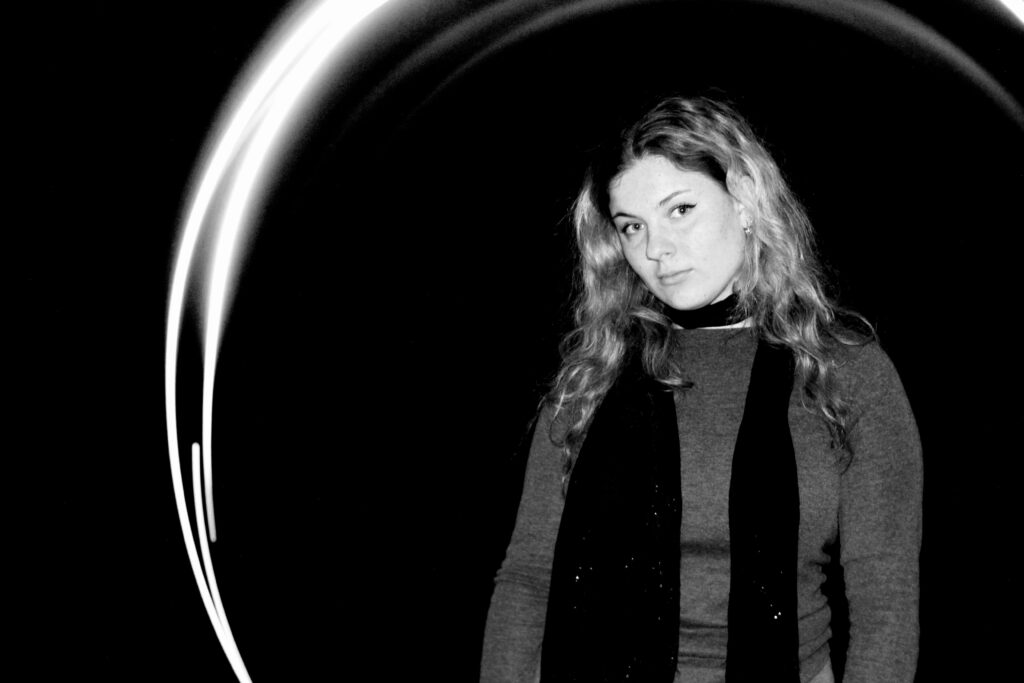
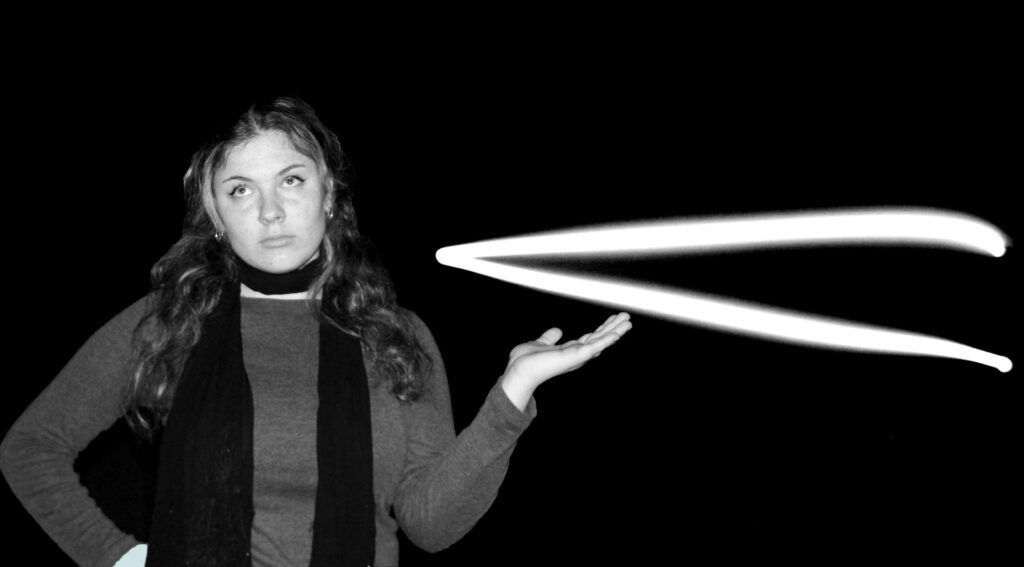
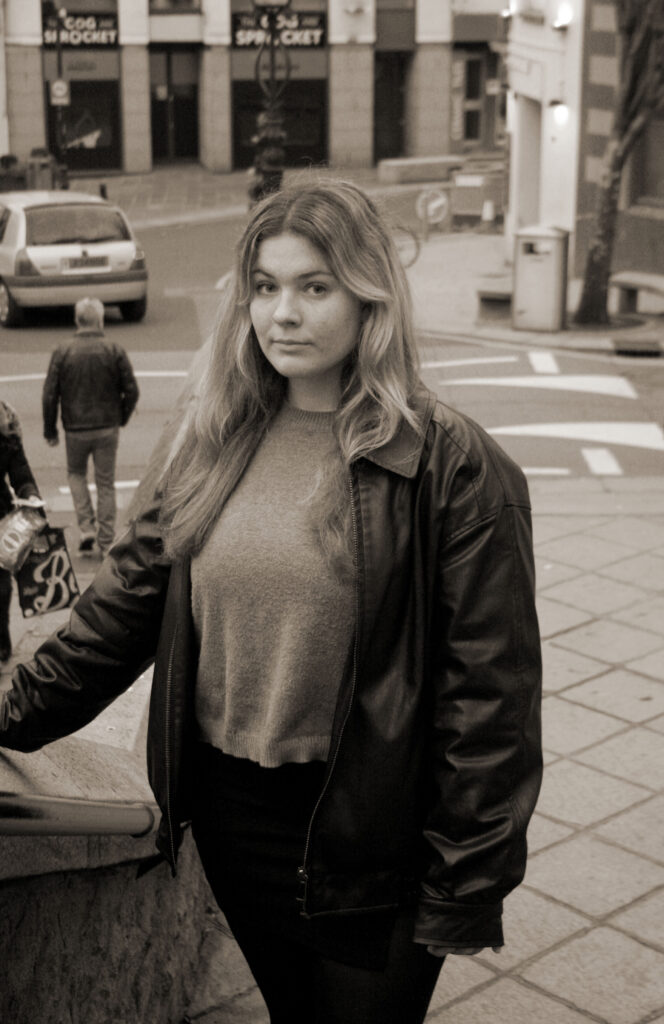
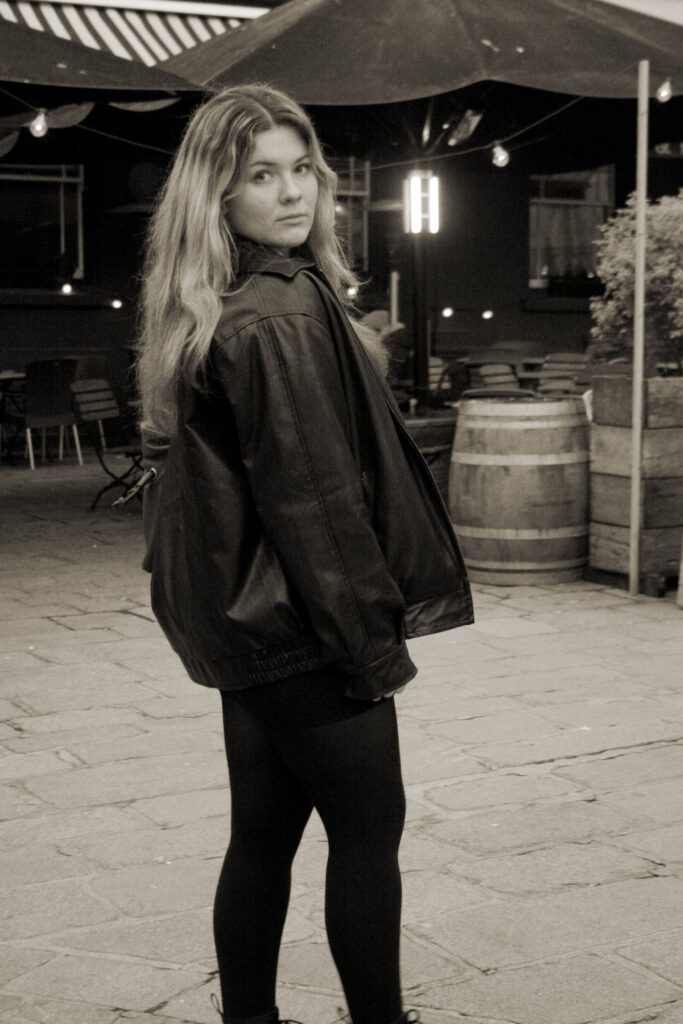

Vivian Maier:
Vivian Maier was known as a street photographer but sadly was only discovered after her death. A Chicago collector, John Maloof oversaw Vivian’s photos, and his mission was to promote the work of Vivian Maier, and to safeguard the archive for the benefit of future generations. Maier also kept every negative she had ever shot; she believed that they were important and could be useful in the future. As Maier had passed away, her photographs were later published, her images were found at a local thrift auction house on Chicago’s Northwest side in 2007, where John Maloof had visited and found a box of negatives depicting Chicago on the 60’s. Maier’s tended to go out in big cities and capture random people in the streets, it was stated by Maloof that, ‘from what I know, she never had a love life. Photography was the only thing she had. And if you expose your only emotional outlet, it’s vulnerable’ (Maloof), which suggests that Maier wasn’t taking these photographs for fame, she has a passion for street photography and discovering the truth behind the world, she seemed to have a real big belief on sonder, that everyone has a different life and is going through something, everyone is different. Vivian Maier’s photographs have included the theory of Henri Cartier-Bresson as she tends to take photos of the moment. She creates these images to have a strong significant meaning without using any words, it’s like a story but only through the use of photos, which can be quite hard to narrate. Vivian Maier also used the black and white effect to her images that exhibit a rich tonal range and a strong sense of contrast. The monochromatic approach lends a timeless quality to her photographs, allowing the viewers to focus on the subject matter and composition. While learning about documentary photography I came across a book called ‘Photography’ by Stephen Bull which stated, ‘in 1861 the British critic Jabez Hughes noticed that photography was generally used as a document, asking ‘may it not aspire to delineate beauty too?’ (Bull) Documentary photography is generally used to capture a certain idea, something that can represent itself as history, not something we see every day, which is like what Maier did, she took quite basic pictures of people’s everyday life, but these people aren’t necessarily going to be see again, they are people who pass you and don’t tend to come back, it’s a sign of history. I like the way Maier took her photos, she used a Rolleiflix twin-lens reflex (TLR) camera which was very small and always held by Maier’s waist, this helped to make Maier’s photos more candid as nobody was paying attention to the camera and forcing a smile or pose, everyone was natural. Maier never got rid of her images and saw potential in every single one, her photos expressed things that she couldn’t do, the camera is almost like a mask, it covers her identity and only reveals what she wants herself to be revealed as. Maier quoted, ‘if you really have something to say better to be behind the camera than in front of it.’ (Maier) It helps to show that Vivian Maier was very curious, she wanted to know the world. She also described herself as a spy, which is quite true due to the fact that she hides behind a camera, observing people not wanting anything from them, this is very relevant to Henri Cartier-Bresson work, he didn’t go out to capture anything specific but he sue did want to find an answer to his questions and that is why a camera is great for documenting, Vivian’s photos evaluate how differently everyone dresses and how it has changed since then, how the ‘snowflake’ generation is changing and criticising the old fashion, it’s almost like the world is put in the wrong hands and everything is decaying. Maier managed to influence many people with the way she displayed her images, Maier used reflections, layering, and sophisticated composition in her images which lead to you discovering new layers of characters and emotions. Overall, I really like Vivian’s concept of street photography and how her work has influenced documentary photography.
Vivian Maier’s examples:
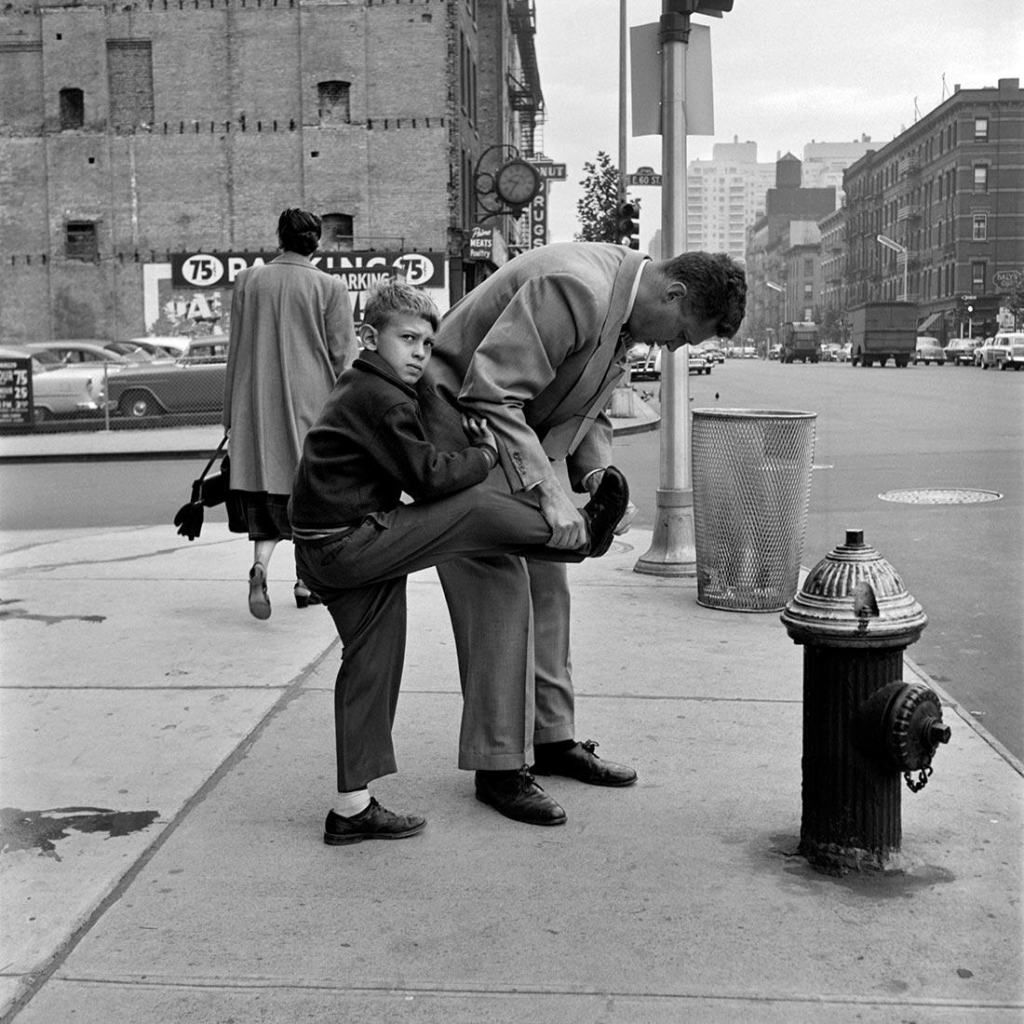
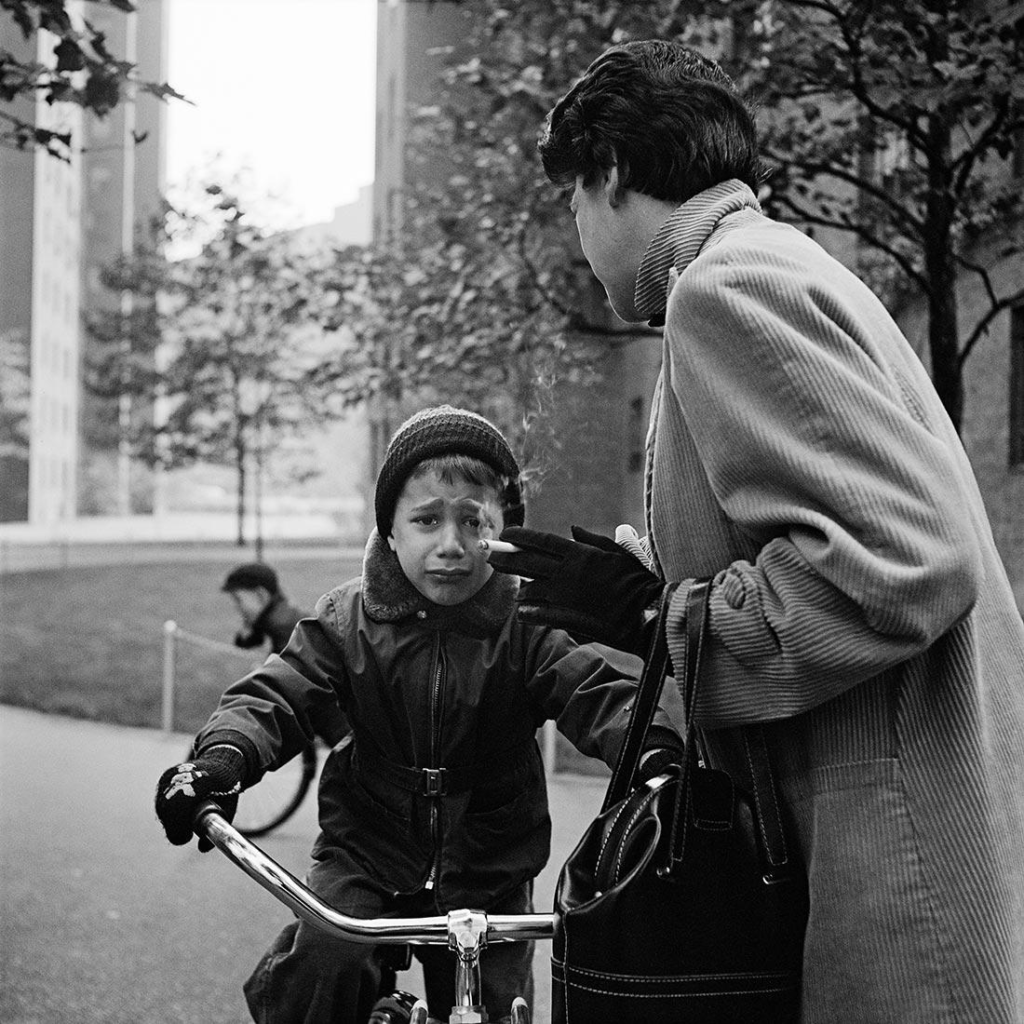
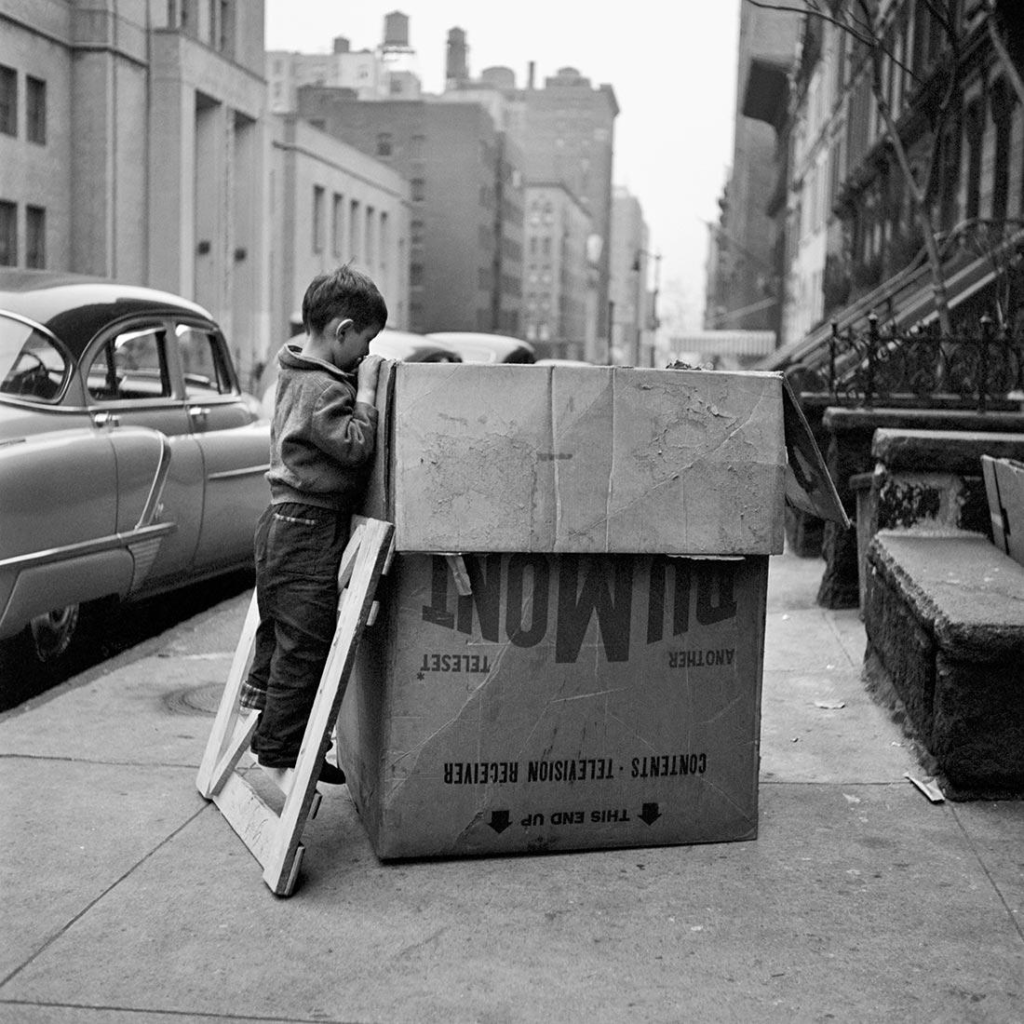
Conclusion:
Overall, both artists use a different approach to examine fashion photography and how it can be transformed into a documentary. Both artists have presented fashion photography as a well-known and successful theme used by Vogue and many other well-known companies. It could be quite hard for people to publish certain fashion categories as everyone has different taste in fashion and certain people may react differently if they see something that is not considered the norm but the way William Klein has presented his work shows that he isn’t bothered by how people present him to be. Whereas Vivian seems to be more hidden and doesn’t seem to be a fan of public appearances, she had never published her own work and if it wasn’t for Maloof, Vivian wouldn’t be a well-known photographer. I really like how fashion photography has been mixed with documentary photography as it really shows how fashion has evolved over the years and how the background of each photoshoot has changed. The background of each photoshoot has widened, a busy background is seen more and more in fashion photographs and a plain background could be considered boring. Willian Klein’s photographs portray the banality of everyday life and the mundane actions undertaken by the people walking in the streets around the world, he tries to be a participant of the photo. Vivian Maier’s photos portrayed marginalised people, including racial minorities and the socially deprived, showing that everyone is different and they shouldn’t be judged for it, both artists took a very different approach towards fashion photography as Vivian is embracing people that are considered as ‘different’ in today’s society whereas William Klein is searching to find something’ perfect’ an idealised representation that the world admires. Klein took photos for vogue which only wants to display something that is exquisite. While doing my photoshoots inspired by Willian Klein, I realised that the photos I was capturing weren’t normal photographs, they had elements of fashion, with the clothes my model was wearing and is showed a side of documentary photography with the people in the background, what I found difficult was when I was capturing these images in the streets most people would avoid going past the camera as they thought they would be disturbing the photograph, that has changed through generation as in William Klein’s and Vivian Maier’s photos most people wouldn’t be bothered by the camera and would carry on with their normal lives.
Bibliography:
Sontag, S. (1977). In Plato’s Cave. [online] Available at: https://openlab.citytech.cuny.edu/chengphotoarth1100f2019/files/2018/02/Susan-Sontag-In-Platos-Cave.pdf.
Victoria and Albert Museum. (2021). 100 years of fashion photography · V&A. [online] Available at: https://www.vam.ac.uk/articles/100-years-of-fashion-photography?
Miralles, N.-S. (2021). Inside Vogue, where women have the top jobs but men still rule. [online] the Guardian. Available at: https://www.theguardian.com/fashion/2021/mar/21/inside-vogue-where-women-have-the-top-jobs-but-men-still-rule
Hackelbury Fine Art. (2025). William Klein – Works. [online] Available at: https://hackelbury.co.uk/artists/35-william-klein/works/18-fashion-light/
Wells L. (1998). ‘The Photographic Gaze’ in Photography: A Critical Introduction. London: Routledge.
Soccio, L. (2020). Henri Cartier-Bresson. [online] International Center of Photography. Available at: https://www.icp.org/browse/archive/constituents/henri-cartier-bresson?all/all/all/all/0.
A short PPT on Documentary Photography
Wells L. (1998). ‘The Photograph as Document’ in Photography: A Critical Introduction. London: Routledge.
Vivian Maier Photographer. (n.d.). About Vivian Maier. [online] Available at: https://www.vivianmaier.com/about-vivian-maier/.
Bull, S. (2009), ‘The Photograph as Art’ in Photography. London: Routledge.
Matt, W. (2022). Influences of Vivian Maier – Wendi Matt. [online] Wendi Matt. Available at: https://wendimatt.com/influences-of-vivian-maier/.
Aesthetica Magazine. (2020). Aesthetica Magazine – Aesthetica Archives:Documentary Photography. [online] Available at: https://aestheticamagazine.com/aesthetica-archivesdocumentary-photography/
